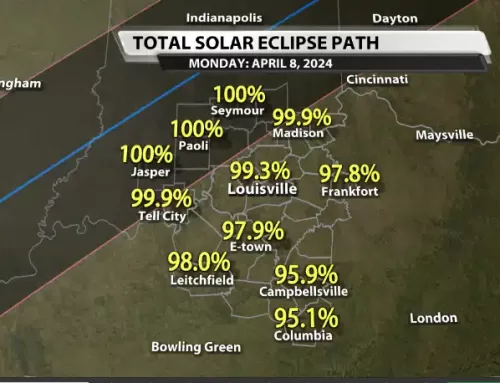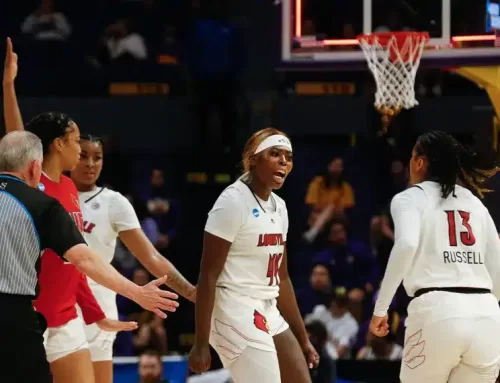By Joseph Lyell —
The 2017 campus climate survey depicts faculty and staff who are overworked with limited or inadequate resources to do their jobs.
More than half (53 percent) said their departments are not adequately staffed to cover the regular workload. This number increased from the 2014 survey, when 44 percent said their departments were understaffed.
More than 50 percent said they rarely, if ever, take breaks while at work. The majority of respondents said they work through lunch at least once per week. More than half said the main reason for these is pressure to get work done.
The survey was administered to faculty and staff in fall 2017. Of 6,919 asked to take it, 1,903 responded.
The Office of Institutional Effectiveness did not include analysis of the results, released Jan. 19. Vice Provost for Institutional Effectiveness and Analytics Robert Goldstein said there will be no third-party analysis of the results either.
Instead, they have launched a community-driven study of the results. “Our primary goal is to have the campus community actively participate in reviewing the results to the survey,” Goldstein said.
Vice Provost for Diversity Mordean Taylor-Archer and a campus environment team will use observations and recommendations from the community to create an action plan.
The action plan will address problem areas and attempt to fix them. After its completion, they will draft an executive summary.
Professor of Sociology Ryan Schroeder said it’s hard to dissect the data without more detail.
“From what we are provided, all we can conclude is that there is a small percentage of the U of L population is extremely dissatisfied with the campus climate and experiences, between 5-10 percent of the respondents,” Schroeder said. “But the vast majority of the U of L population is at least moderately satisfied with their work at the university.”
Schroeder said identifying the demographic traits of the dissatisfied populations is the key to analyzing the data.
“It would have been helpful to at least see the distributions of each question separated by faculty or staff status, gender identity and/or race, for example,” Schroeder said.
Goldstein said the campus environment team may request additional reports broken down by many variables to help in the creation of the action plan.
File Photo / The Louisville Cardinal





